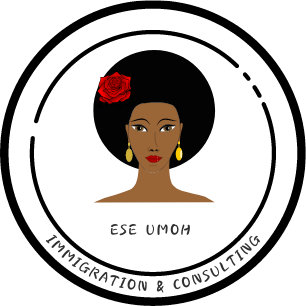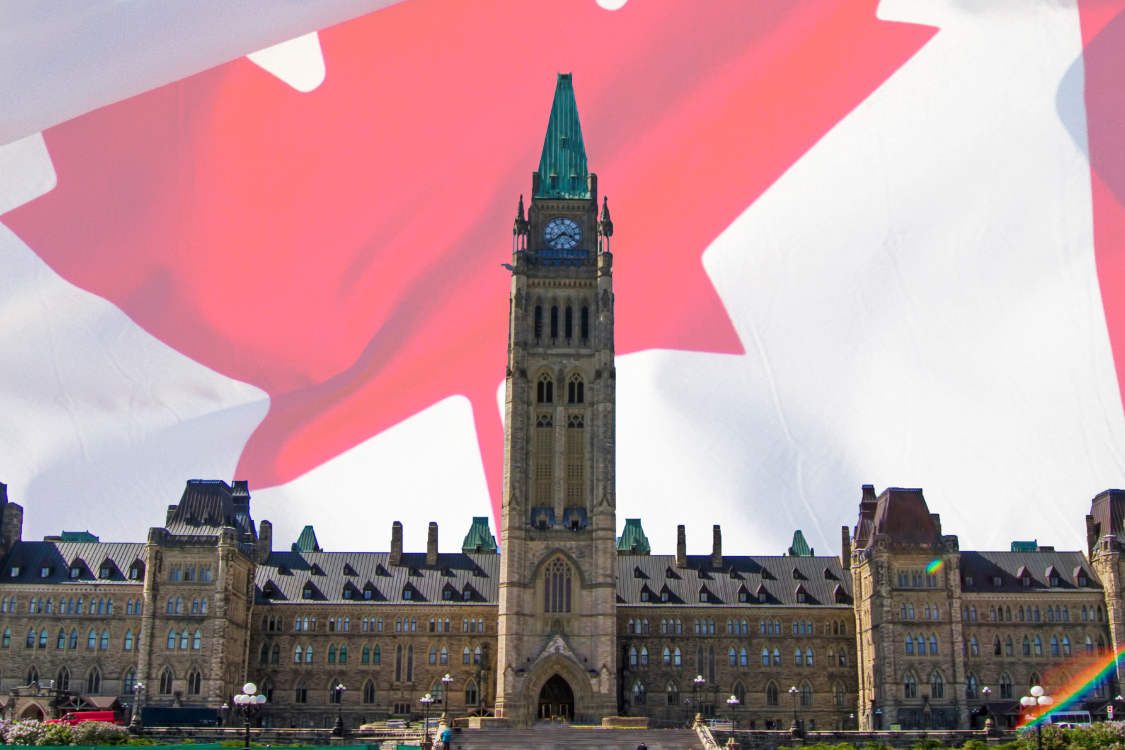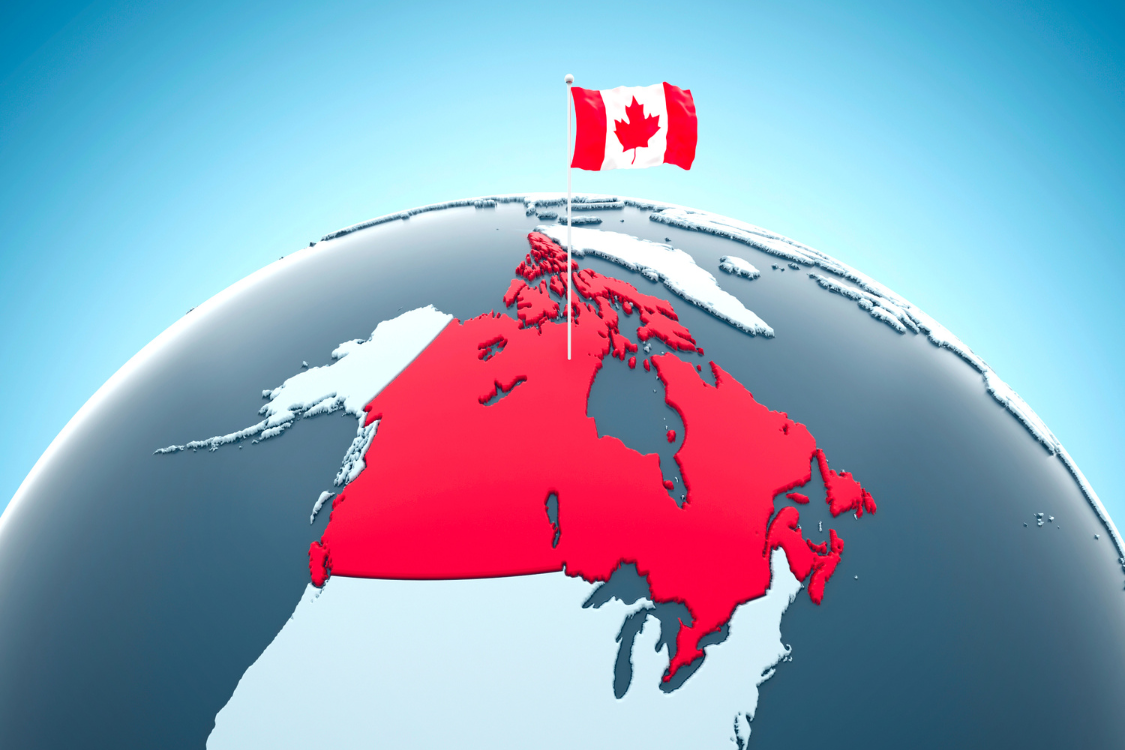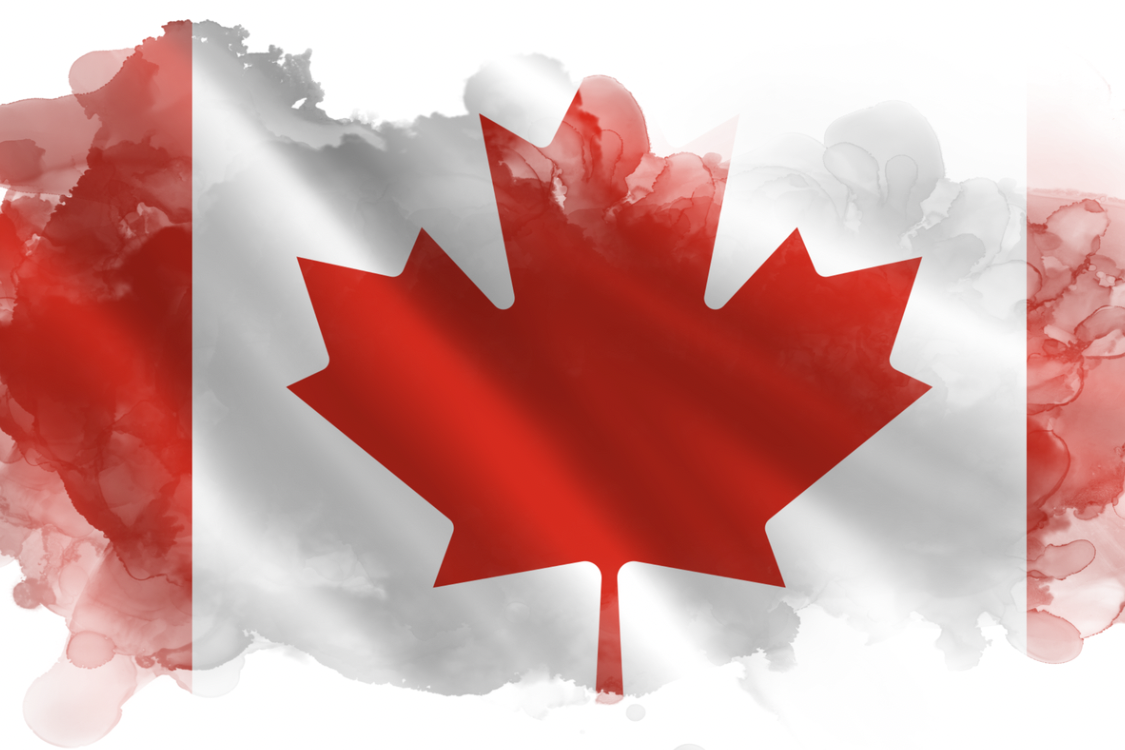Dear future neighbour,
Canada held its 380th Express Entry draw on November 25, 2025, this round was exclusively for candidates under the Provincial Nominee Program (PNP). In total, 777 Invitations to Apply (ITAs) were issued.
A quick look at the results
- Draw Date: November 25, 2025
- Category: Provincial Nominee Program (PNP)
- Total Invitations to Apply (ITAs): 777
- Minimum CRS score: 699
- Tie-Breaking Rule: September 6, 2025
If you’re new to this: candidates who receive a PNP nomination automatically get 600 extra CRS points, which is why the cutoff is usually higher for these draws.
A CRS score of 699 suggests that even applicants with a moderate base score (before the 600-point boost) were able to receive an invitation this time.
See below summary of Express Entry draws in 2025
| Date | Draw Type | Number of ITAs | Cut-off CRS score |
|---|---|---|---|
| November 25 | Provincial Nominee Program | 777 | 699 |
| November 14 | Healthcare and social services | 3,500 | 462 |
| November 12 | Canadian Experience Class | 1,000 | 533 |
| November 10 | Provincial Nominee Program | 714 | 738 |
| October 29 | French language proficiency | 6,000 | 416 |
| October 28 | Canadian Experience Class | 1,000 | 533 |
| October 27 | Provincial Nominee Program | 302 | 761 |
| October 15 | Healthcare and social services | 2,500 | 472 |
| October 14 | Provincial Nominee Program | 345 | 778 |
| October 6 | French language proficiency | 4,500 | 432 |
| October 1 | Canadian Experience Class | 1,000 | 534 |
| September 29 | Provincial Nominee Program | 291 | 855 |
| September 18 | Trade | 1,250 | 505 |
| September 17 | Education | 2,500 | 462 |
| September 15 | Provincial Nominee Program | 228 | 746 |
| September 4 | French language proficiency | 4,500 | 446 |
| September 3 | Canadian Experience Class | 1,000 | 534 |
| September 2 | Provincial Nominee Program | 249 | 772 |
| August 19 | Healthcare and social services | 2,500 | 470 |
| August 18 | Provincial Nominee Program | 192 | 800 |
| August 8 | French language proficiency | 2,500 | 481 |
| August 7 | Canadian Experience Class | 1,000 | 534 |
| August 6 | Provincial Nominee Program | 225 | 739 |
| July 22 | Healthcare and social services | 4,000 | 475 |
| July 21 | Provincial Nominee Program | 202 | 788 |
| July 8 | Canadian Experience Class | 3,000 | 518 |
| July 7 | Provincial Nominee Program | 356 | 750 |
| June 26 | Canadian Experience Class | 3,000 | 521 |
| June 23 | Provincial Nominee Program | 503 | 742 |
| June 12 | Canadian Experience Class | 3,000 | 529 |
| June 10 | Provincial Nominee Program | 125 | 784 |
| June 4 | Healthcare and social services | 500 | 504 |
| June 2 | Provincial Nominee Program | 277 | 726 |
| May 13 | Canadian Experience Class | 500 | 547 |
| May 12 | Provincial Nominee Program | 511 | 706 |
| May 2 | Healthcare and social services | 500 | 510 |
| May 1 | Education | 1,000 | 479 |
| April 28 | Provincial Nominee Program | 421 | 727 |
| April 14 | Provincial Nominee Program | 825 | 764 |
| March 21 | French language proficiency | 7,500 | 379 |
| March 17 | Provincial Nominee Program | 536 | 736 |
| March 6 | French language proficiency | 4,500 | 410 |
| March 3 | Provincial Nominee Program | 725 | 667 |
| February 19 | French language proficiency | 6,500 | 428 |
| February 17 | Provincial Nominee Program | 646 | 750 |
| February 5 | Canadian Experience Class | 4,000 | 521 |
| February 4 | Provincial Nominee Program | 455 | 802 |
| January 23 | Canadian Experience Class | 4,000 | 527 |
| January 8 | Canadian Experience Class | 1,350 | 542 |
| January 7 | Provincial Nominee Program | 471 | 793 |
Important points about this draw
This draw fits into a bigger pattern we’ve been seeing for most of 2025:
-
More targeted draws
-
More attention on PNP candidates
-
More opportunities for people with in-demand skills
Canada is trying to match newcomers with real labour needs across provinces. That’s why PNP draws remain frequent, provinces know exactly what skills they need, and they nominate accordingly.
Good News if You’re Planning to Apply
Even if your CRS score isn’t very high on its own, a provincial nomination can completely change your chances. For many people especially skilled workers abroad, the PNP route is becoming one of the strongest ways to immigrate.
This draw also shows that:
-
Provinces are actively nominating candidates
-
IRCC is consistently issuing ITAs
-
More PNP-focused draws are likely on the way
Tips if you’re hoping to receive an ITA soon
Here are a few things you can do right now:
-
Explore provincial programs: Each province has different needs and different pathways.
-
Keep your Express Entry profile active: Submission dates matter when ties happen.
-
Update your documents regularly: Language tests, passports, employment letters – keep them ready.
-
Watch draw patterns: It helps you choose the best strategy for your profile.
How to quickly understand your CRS Score & improve it
Below is the exact framework I use to help people understand their chances for Express Entry + PNP.
1. Start with your core CRS Score
Your base CRS score comes from:
-
Age
-
Education
-
Work experience
-
English/French test scores
-
Canadian experience (if any)
Most people fall between 360–480 before any extra factors.
This base score matters because provinces also look at it when considering nominations.
2. Add your skill boosters
These are elements that make your profile stand out:
✔ Strong English (CLB 9 or above)
This alone can raise your CRS by 50–100+ points.
✔ Foreign work + education combinations
These add bonus points many people don’t realize they qualify for.
✔ Spouse factors (if applicable)
Your partner’s education and language score can add up to 40 points.
3. Understand whether your score Is competitive
Here’s a simple rule of thumb based on 2025 draw trends:
If your CRS is 480+
You have a realistic chance in general, targeted, or category-based draws.
If your CRS is 420–480
You likely need:
-
a PNP nomination, or
-
a huge language score boost
If your CRS is below 420
PNP is usually the best path.
4. Provincial Nominee Program (PNP) Chances
Here’s when PNPs love your profile:
You work in an in-demand field
Examples many provinces focus on:
-
Healthcare
-
IT
-
Engineering
-
Logistics
-
Agriculture
-
Trades
-
Early childhood education
You have a Canadian connection
-
Work experience
-
Education
-
Family
-
Job offer
Your language score is strong (even without high CRS)
Why PNP is powerful:
A nomination adds 600 points – which is why candidates reached the CRS 699 cutoff in the Nov 25 draw.
5. What you can do next
Here’s a simple, practical improvement plan most applicants follow:
Step 1 – Pull your exact CRS score
(We can calculate this for you.)
Step 2 – Compare your occupation to this year’s provincial needs
We can quickly check where your job is in demand.
Step 3 – Find PNP streams you actually qualify for
No guessing. Just clear options.
Step 4 – Identify the fastest boost
This is usually:
-
retaking IELTS
-
ECA upgrade
-
spouse language score
-
French (if willing – it’s powerful)
If you’re unsure where you fit in, we’re here to clear things up. Book a 30-minute or 60-minute consultation with us, and we’ll walk through your profile and match you with the right program.
What You Should Remember
The November 25 draw is another reminder that Canada continues to welcome skilled newcomers especially through the provinces. If you’ve been thinking about applying, this is a great time to focus on the PNP streams that match your background.






